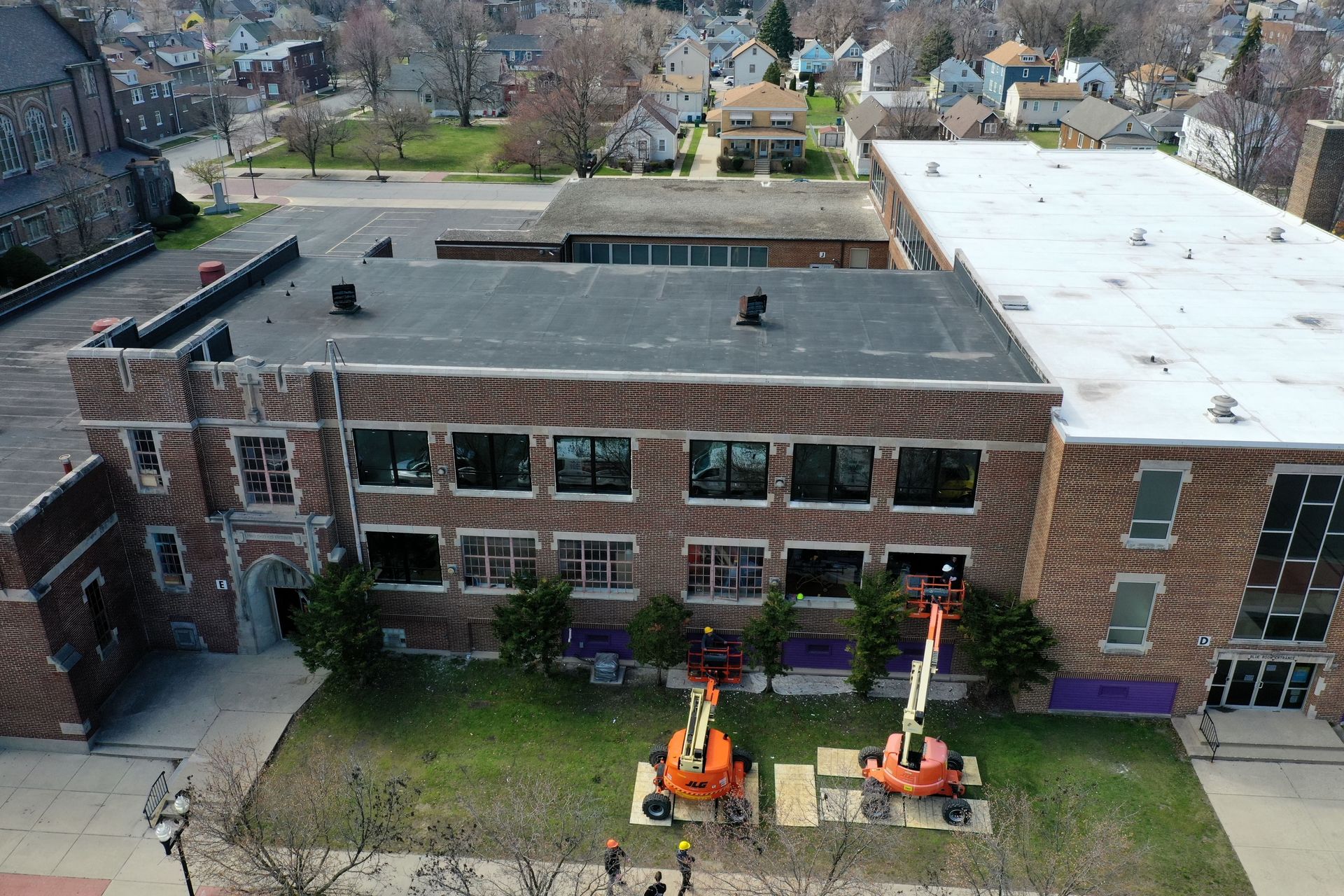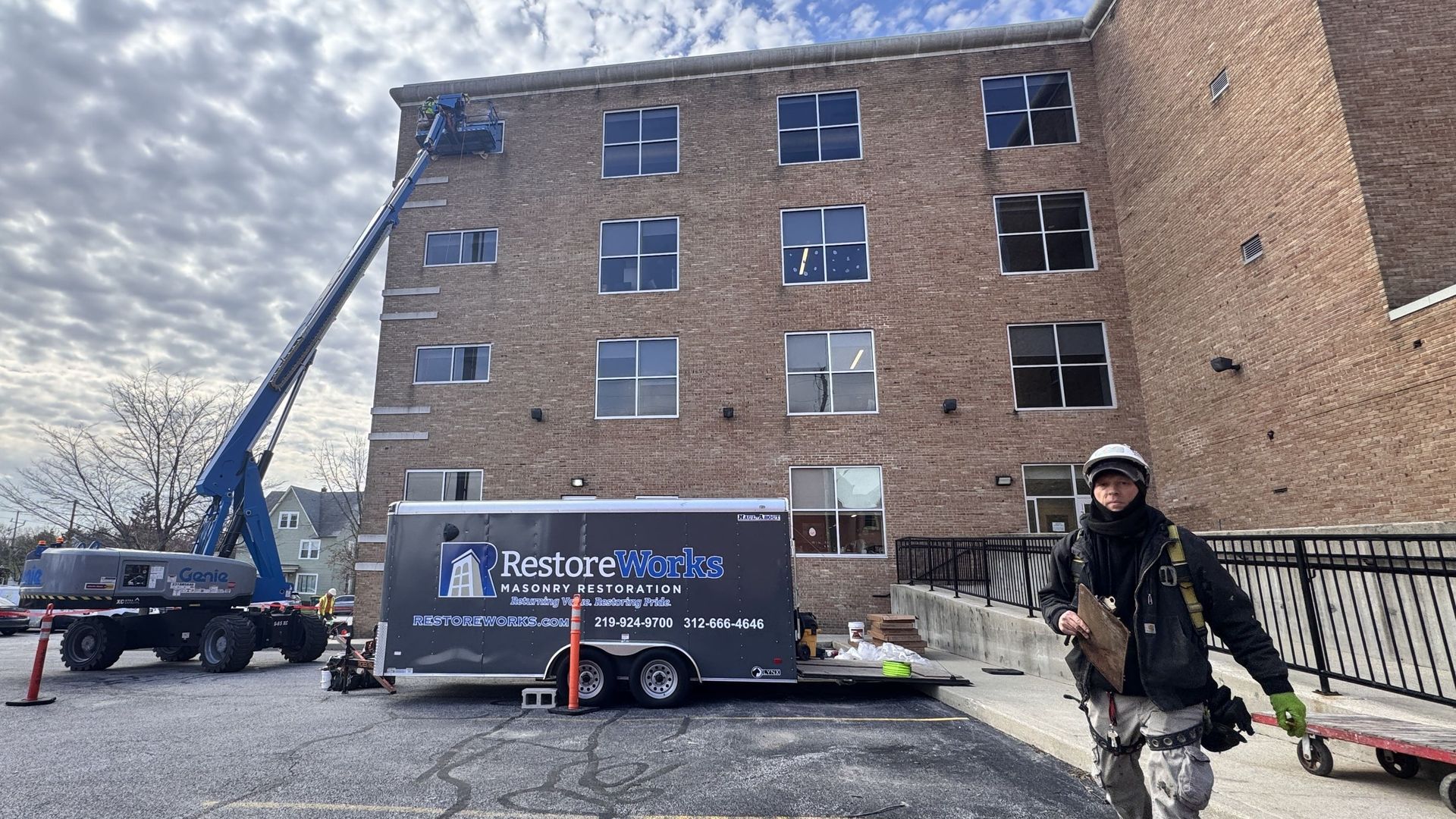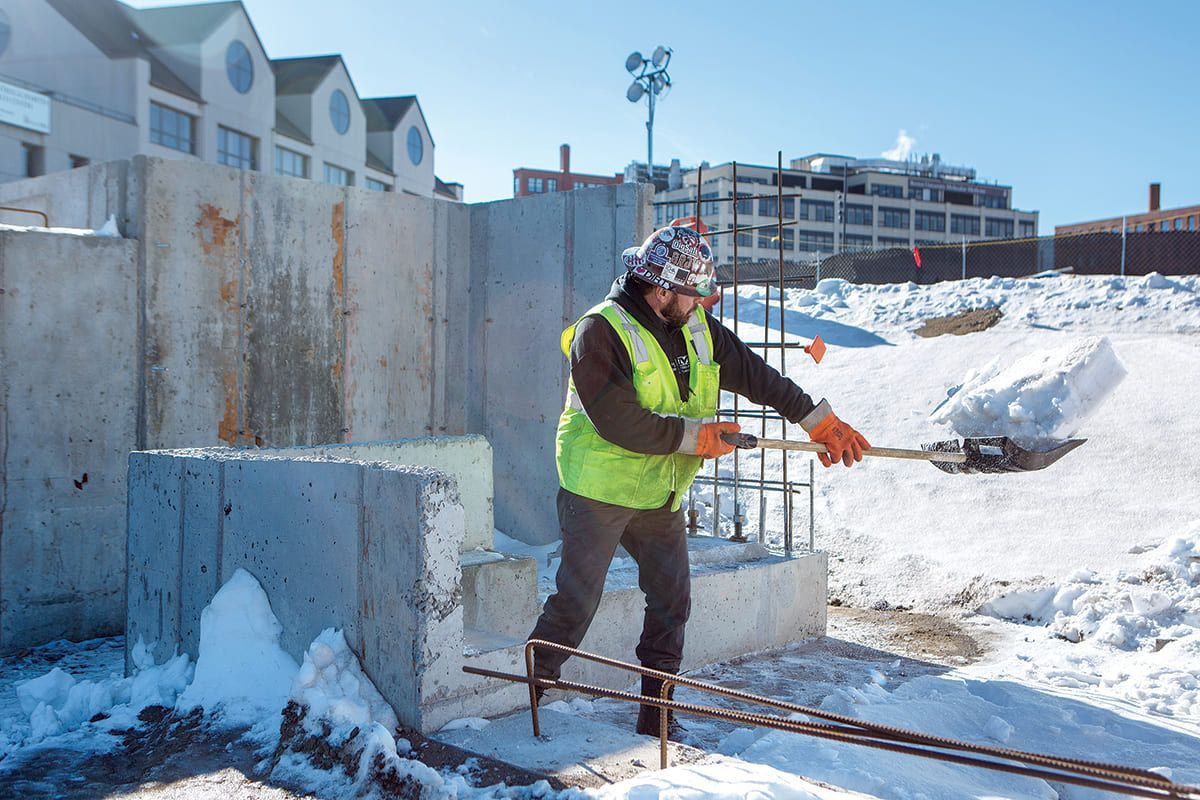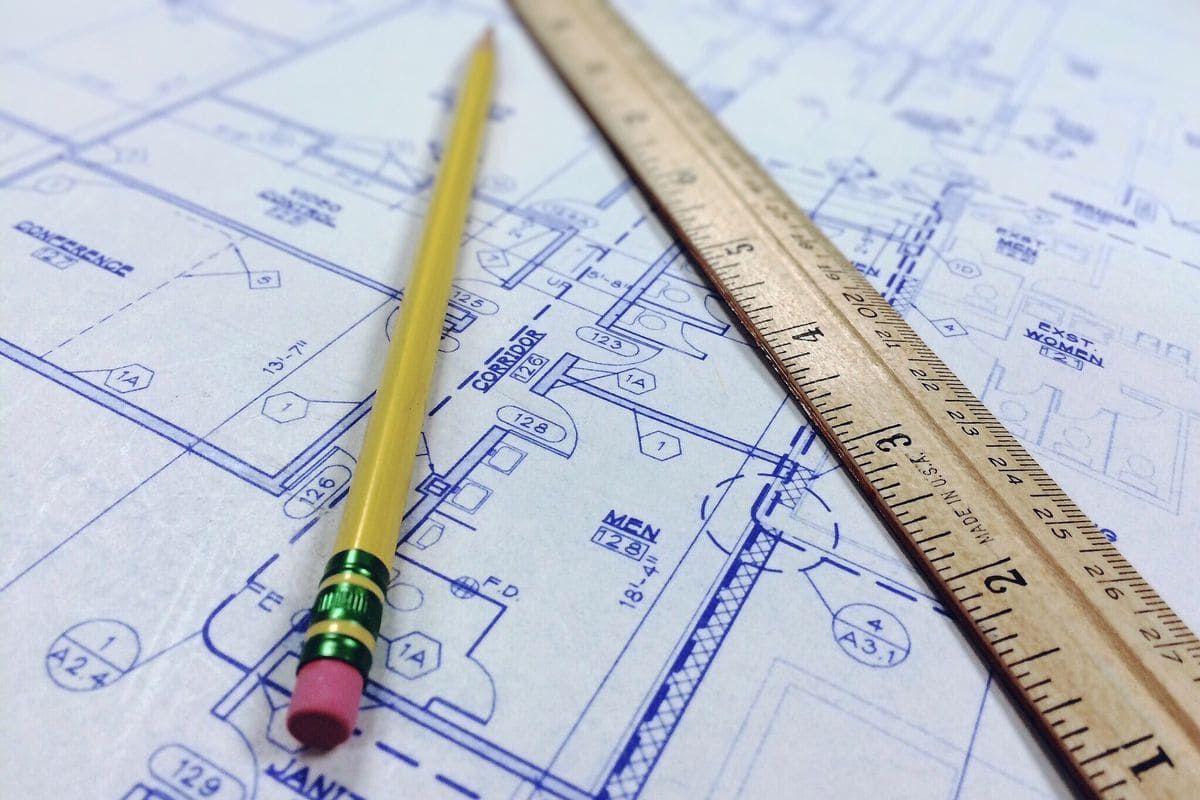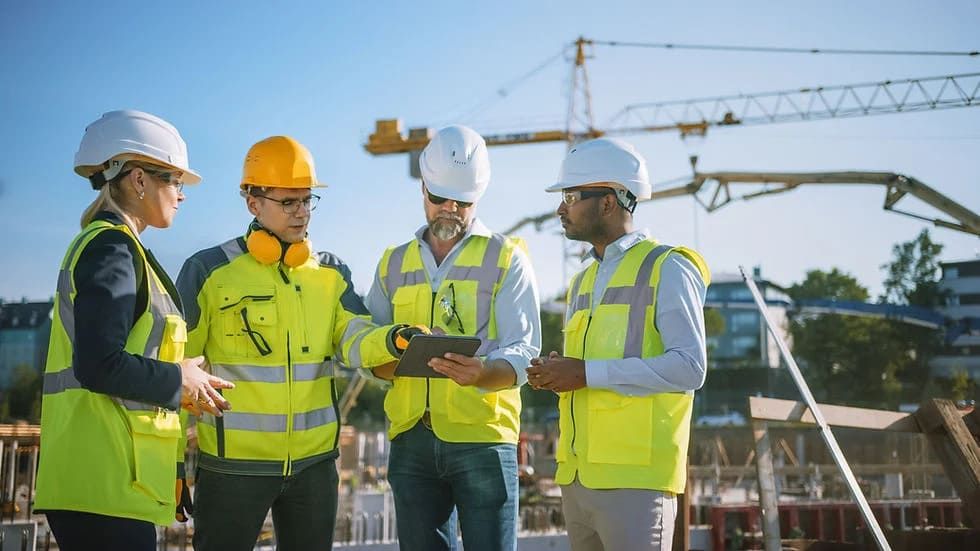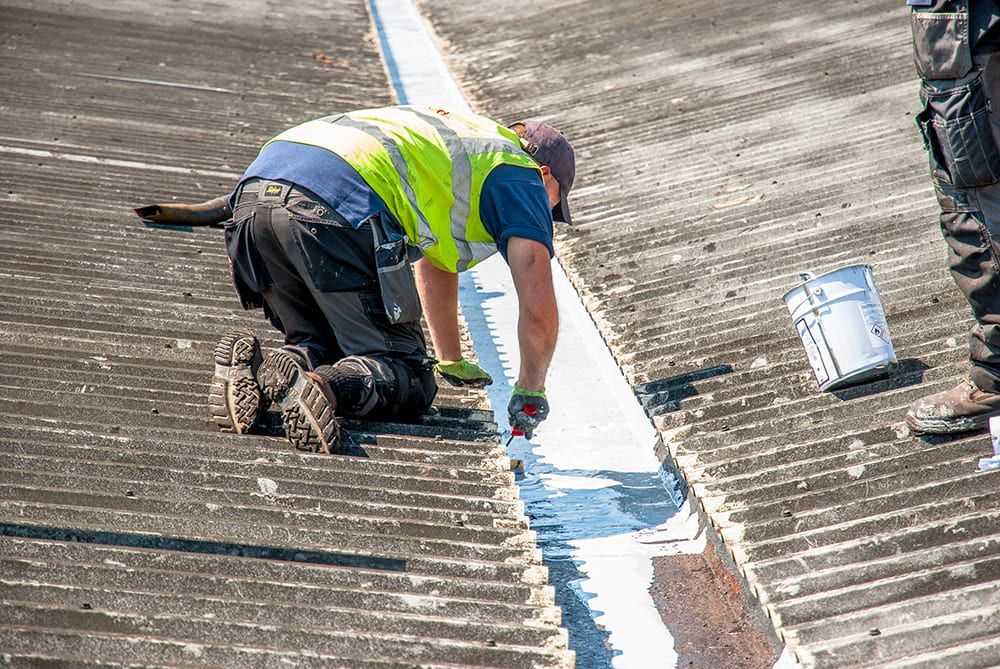Masonry restoration for schools, universities, and other educational buildings presents unique challenges. These structures often feature historic facades, high-traffic environments, and tight scheduling constraints, especially with summer repair windows. Whether you're a facilities manager, property manager, or structural engineer, understanding key restoration best practices can help you plan projects efficiently and avoid costly missteps. Here are five expert tips for finding success in your next masonry restoration project.
1. Prioritize Preventative Maintenance Over Reactive Repairs
Many schools wait until masonry issues become severe before acting, but proactive maintenance can extend the life of your building and prevent costly emergency repairs. A structured approach should include:
- Annual facade inspections to detect early signs of deterioration, including cracks, spalling, or efflorescence.
- Addressing minor issues like caulk or sealant repair before water infiltration leads to structural damage.
- Monitoring masonry lintel replacement needs, as corroded steel lintels can compromise the strength of brick and stone above openings.
Preventative maintenance isn’t just about cost savings. It also reduces safety risks associated with failing masonry. According to Brightly, preventive maintenance can generate a big return on investment, such as reducing costs by 12-18% and potentially saving up to five dollars on unforeseen expenses for every dollar invested.

2. Plan Restoration Work for Optimal Timing
Educational facilities operate on tight schedules. Summer breaks provide the best window for disruptive restoration work, but planning should start months in advance. Consider:
- Structural engineers and project managers should schedule facade inspections at least six months before the anticipated work period.
- For projects like commercial masonry restoration or concrete facade restoration, factor in lead times for materials and contractor availability.
- Large-scale work, such as commercial masonry tuckpointing, may need phasing over multiple summers to accommodate budget constraints and minimize disruptions.
According to K-12 Dive, aging infrastructure is a significant concern for K-12 school facilities teams in the 2024-25 school year, which can lead to increased reactive repairs. Failing to plan ahead can lead to rushed work, higher costs, and limited contractor availability.

3. Address Balconies and Facades Before They Become Safety Hazards
School buildings with exterior balconies, overhangs, or cantilevered structures require extra attention. Concrete balcony repair is an important part of prioritizing student and staff safety. Key warning signs include:
- Cracks in concrete that expose rebar, leading to accelerated corrosion.
- Water intrusion causing delamination or spalling.
- Loose or deteriorating balcony railings.
Glass (windows), external walls, and billboards are among the most important types of falling objects causing injuries in urban environments. If your institution requires concrete balcony restoration, make sure your contractor follows proper structural assessment protocols and uses high-quality repair materials.
4. Use the Right Restoration Techniques for Long-Term Durability
Restoration isn’t just about looks. It’s about making sure your masonry systems perform as intended. Some key techniques include:
- Restorative masonry cleaning to safely remove pollutants, biological growth, and efflorescence without damaging historic facades.
- Proper tuckpointing, making sure mortar joints are replaced with historically accurate materials to maintain structural integrity.
- High-performance concrete facade repair methods, such as polymer-modified patching compounds or full-depth replacements for severely deteriorated areas.
Selecting the right restoration methods helps repairs last. You don’t want to create ongoing maintenance headaches for yourself.
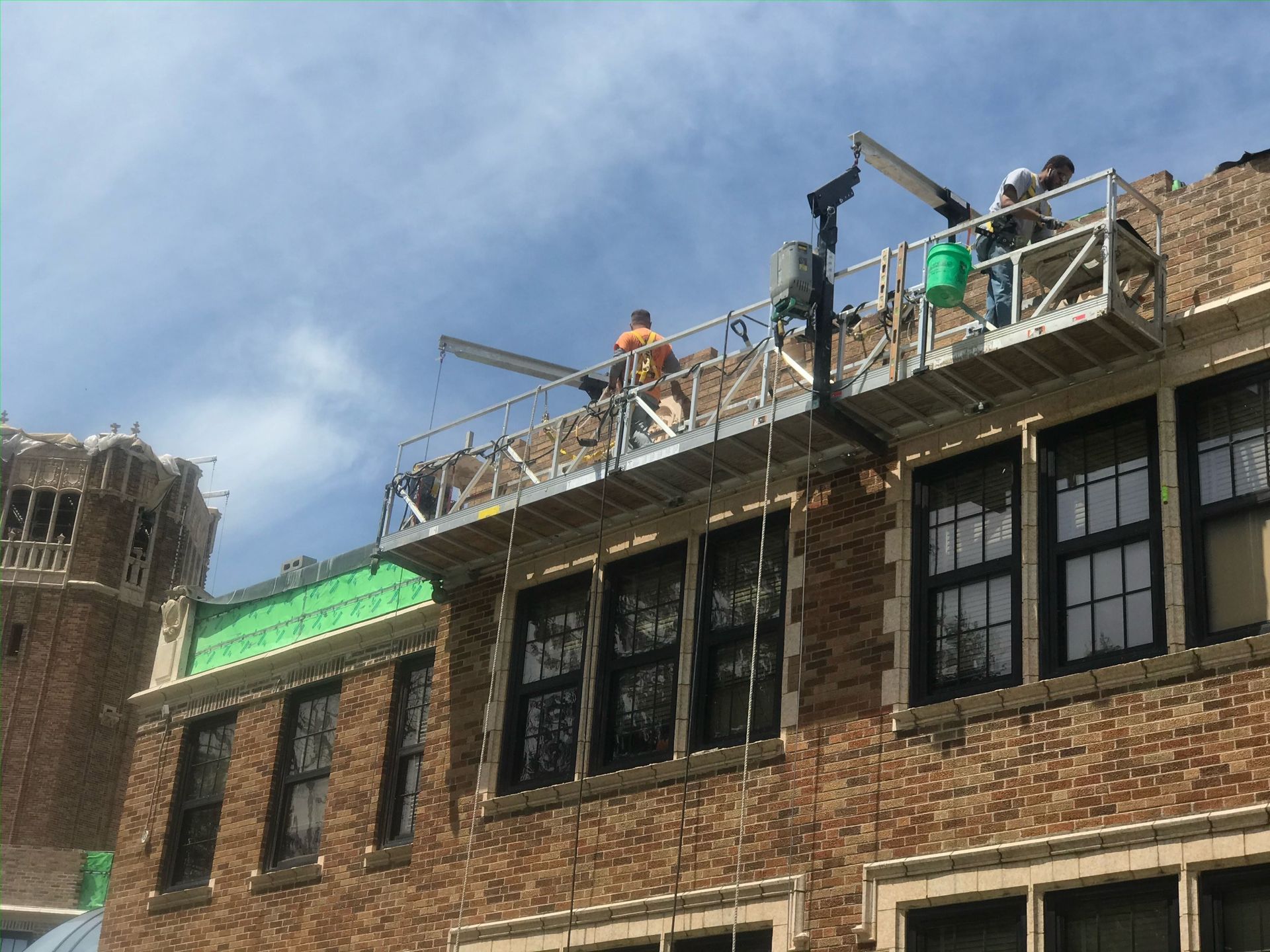
5. Work with Experienced, Union-Trained Professionals
Masonry restoration requires specialized expertise. Educational buildings often feature intricate brickwork, historic stone facades, or precast concrete elements that demand skilled craftsmanship.
When hiring a contractor, look for:
- Proven experience with commercial masonry restoration projects.
- Union-trained teams that follow industry best practices and safety standards.
- Contractors who can handle a full scope of services, from concrete balcony restoration to commercial masonry lintel repair.
Plan Your Educational Facility’s Masonry Restoration with RestoreWorks
If your school or university needs expert masonry restoration, RestoreWorks is ready to help. Our team specializes in commercial concrete facade restoration, restorative masonry cleaning, and masonry tuckpointing for educational institutions throughout the Chicago area.
Don’t wait for small issues to turn into major ones. Contact RestoreWorks today to schedule a free commercial property consultation and discuss your restoration needs.

